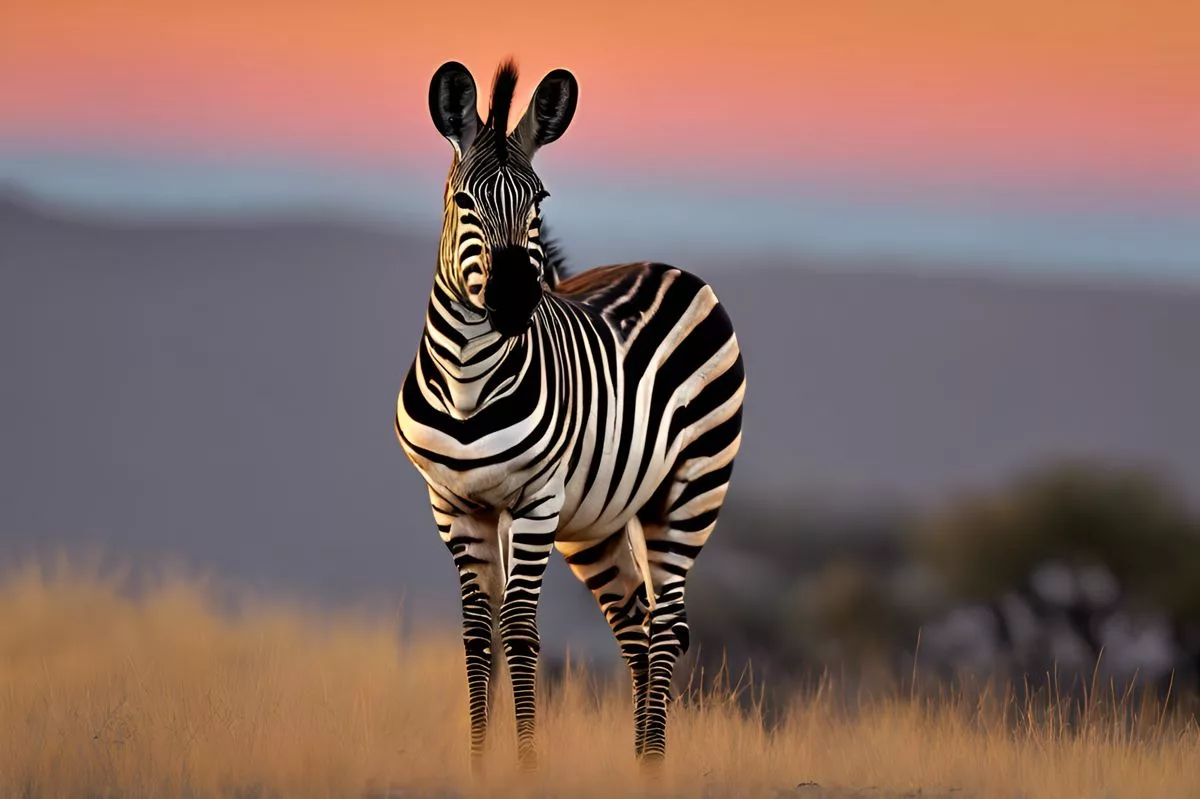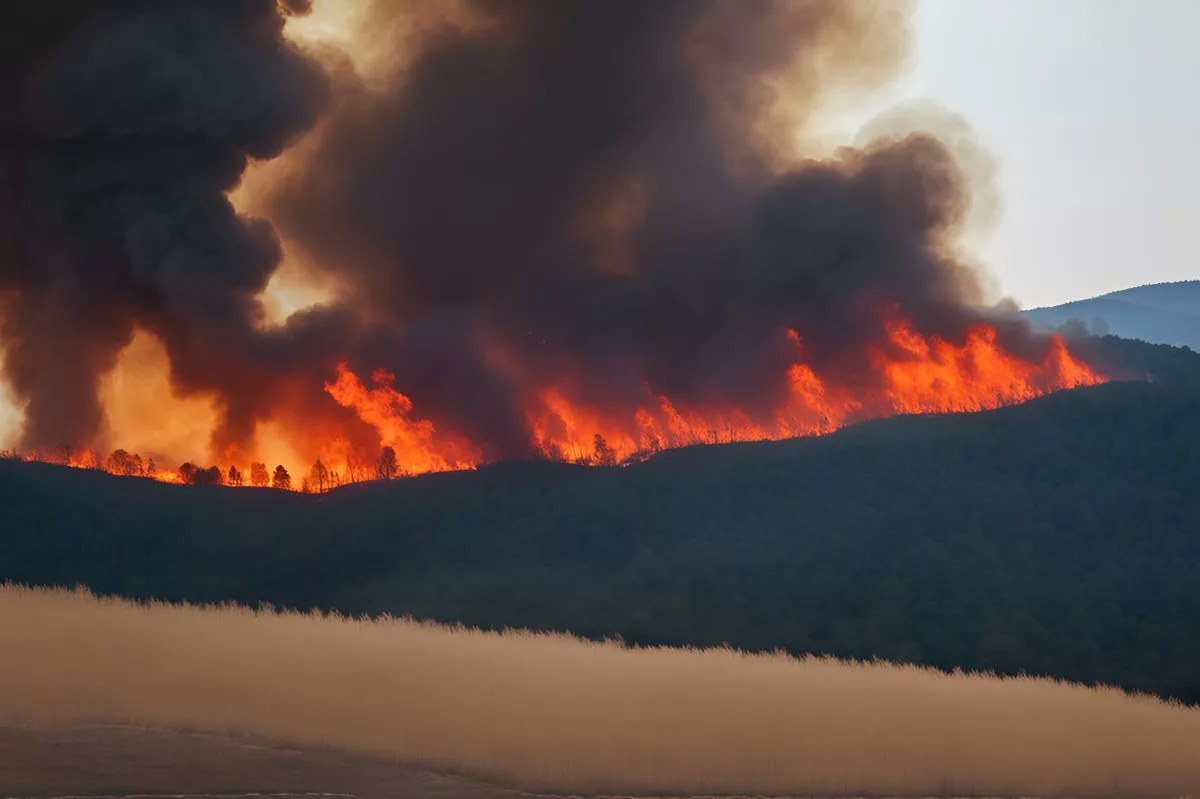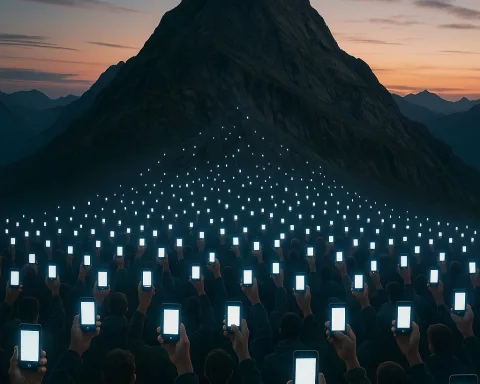A New Beginning in Wildlife Conservation
The Sanbona Wildlife Reserve recently played host to a remarkable event – the birth of a unique foal with the capability to breathe life into the gene pool of the Cape mountain zebra. This species, once teetering on the brink of disappearance, has gained new hope from this birth. This event is not simply the welcoming of another creature to the reserve; it is an emblem of the power and success of conservation efforts.
Over the course of the last three hundred years, the population of the Cape mountain zebra has been under harsh threat due to unchecked hunting and habitat demolition. This drove the species to the edge of extinction, leaving only three small, detached groups remaining. Over several generations, these groups evolved to become genetically unique, a process scientifically referred to as ‘genetic drift’.
The Steadfast Conservation Efforts
Conservation initiatives taken by CapeNature in conjunction with other private bodies led to a significant upswing in the zebra population. These conservation initiatives led to the Cape mountain zebra being removed from the IUCN Red List of endangered species. Despite this accomplishment, one among the three gene pools remained sequestered and showed signs of inbreeding. This genetic bottleneck posed a significant threat to their continued existence.
The Gamkaberg Nature Reserve, located in proximity to Calitzdorp, protected the only existing population of this gene pool. A distressing event in 1974 severely depleted the already scarce population, reducing it to just six, when a local farmer illegally hunted seven zebras. However, the World Wide Fund for Nature South Africa’s acquisition of more land led to the expansion of the reserve, providing a much-needed lifeline for the struggling species.
Arrival of a New Hope
The birth of this impressively unique foal at Sanbona Wildlife Reserve signifies a new dawn for the conservation of the Cape mountain zebra. A genetic recovery strategy, formulated by CapeNature and Sanbona in collaboration with specialists from the South African National Biodiversity Institute (SANBI) and the University of Venda, played a crucial role in this accomplishment. The Sanbona Wildlife Reserve, a vast area of 62,000 hectares, was the chosen site for this rescue mission due to its pre-existing large and diverse population of zebras.
As part of a calculated approach, three zebra stallions were moved from Gamkaberg to Sambona in 2021, and a group of mares from the Cradock stock and De Hoop origin were added to the camp in the subsequent year. However, the success of the genetic rescue rested on the shoulders of the only surviving stallion, GB42, following the unfortunate demise of the other two.
Triumph of Conservation
The moment of victory was marked when Liesl Vorster, an ecologist at Sanbona, sighted GB42 alongside a Cradock mare and their invaluable offspring. This foal, the outcome of the genetic rescue plan, is the sole Cape mountain zebra in existence that carries both Cradock and Gamkaberg genes. This symbolizes a significant leap towards restoring the genetic diversity that was once lost in this species.
This achievement marks a pivotal moment in the field of conservation. It serves as proof of the enduring resilience of nature when aided by human efforts. Furthermore, it signifies the potential for further genetic intermingling that could potentially lead to the revival of the Cape mountain zebra population in all its genetic variety. Consequently, the attention of the global community now rests on this small but symbolically potent herd, a beacon of hope for Cape mountain zebra conservation and overall biodiversity.








